Filter & Sort

Responder Softshell Jacket
Women
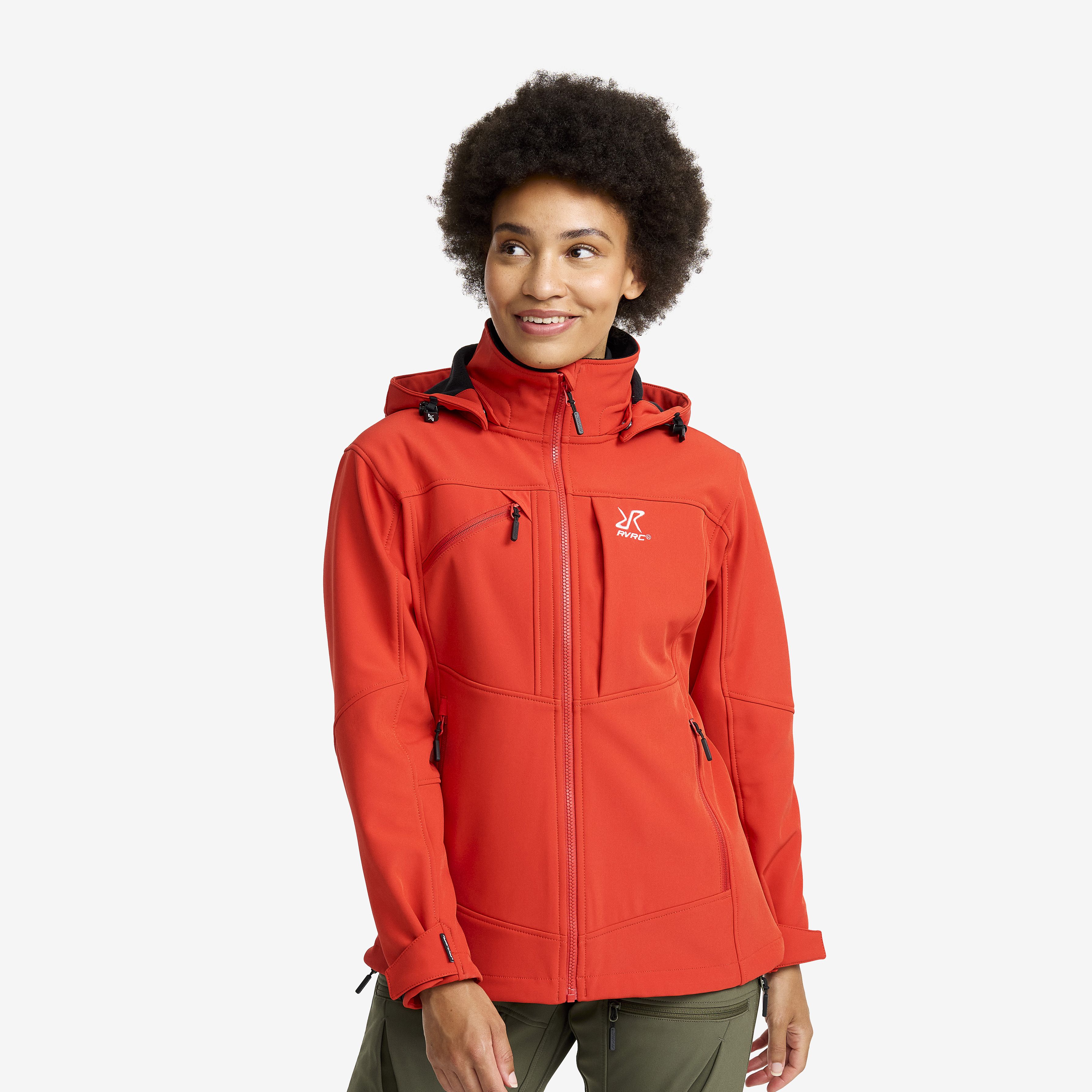
Hiball Softshell Jacket
Women

Responder Softshell Jacket
Women
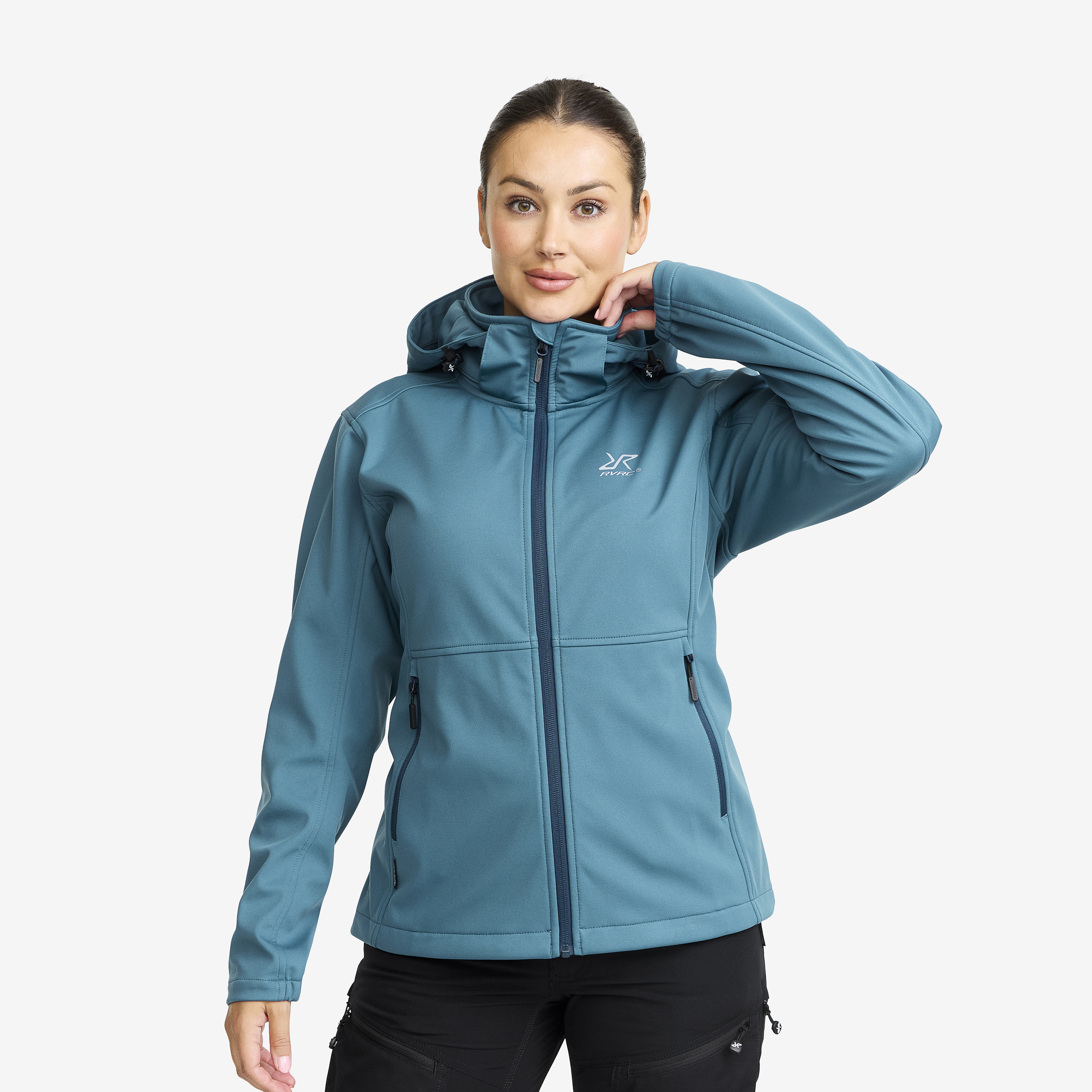
Responder Softshell Jacket
Women

Pure Softshell Jacket
Women
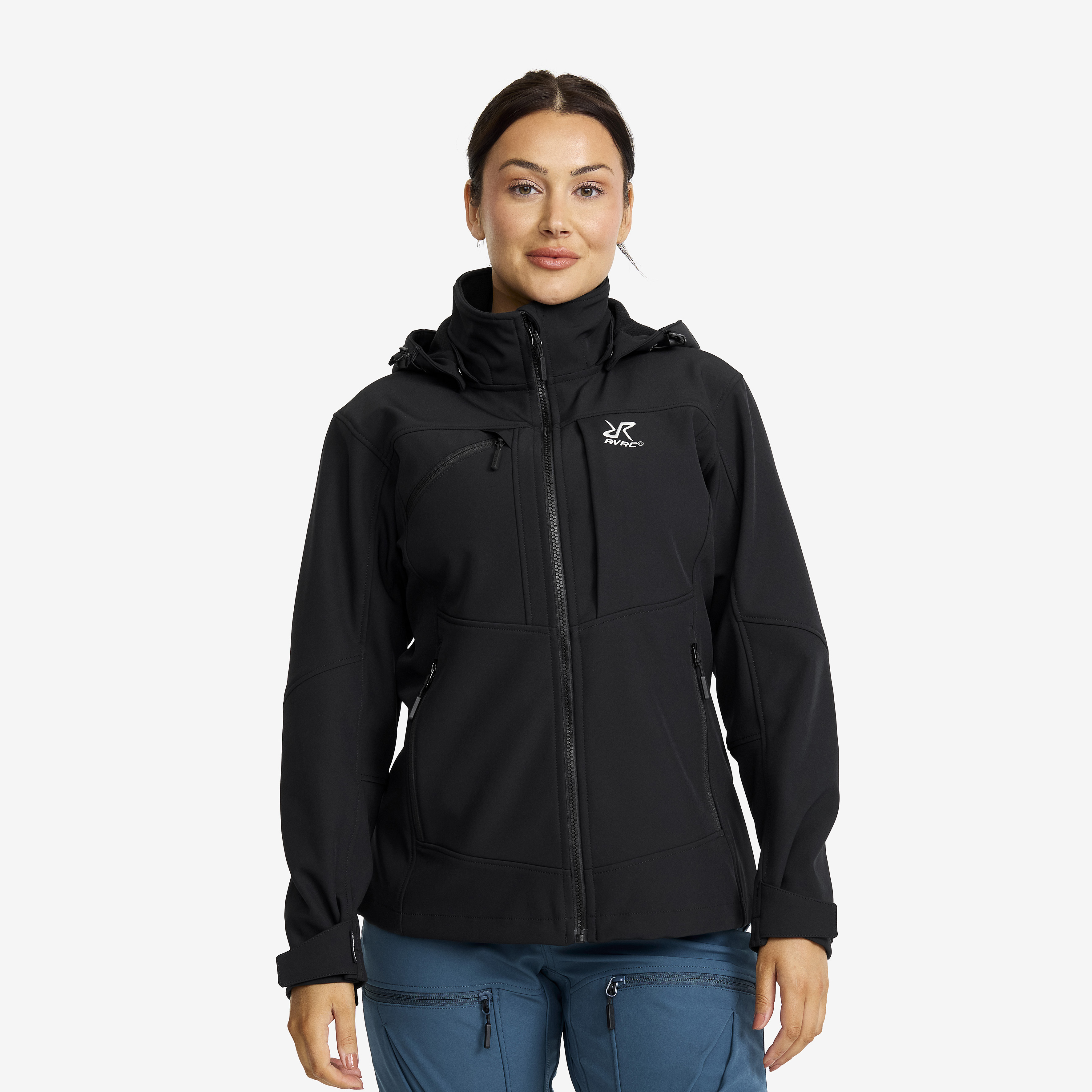
Hiball Softshell Jacket
Women

Pure Softshell Jacket
Women
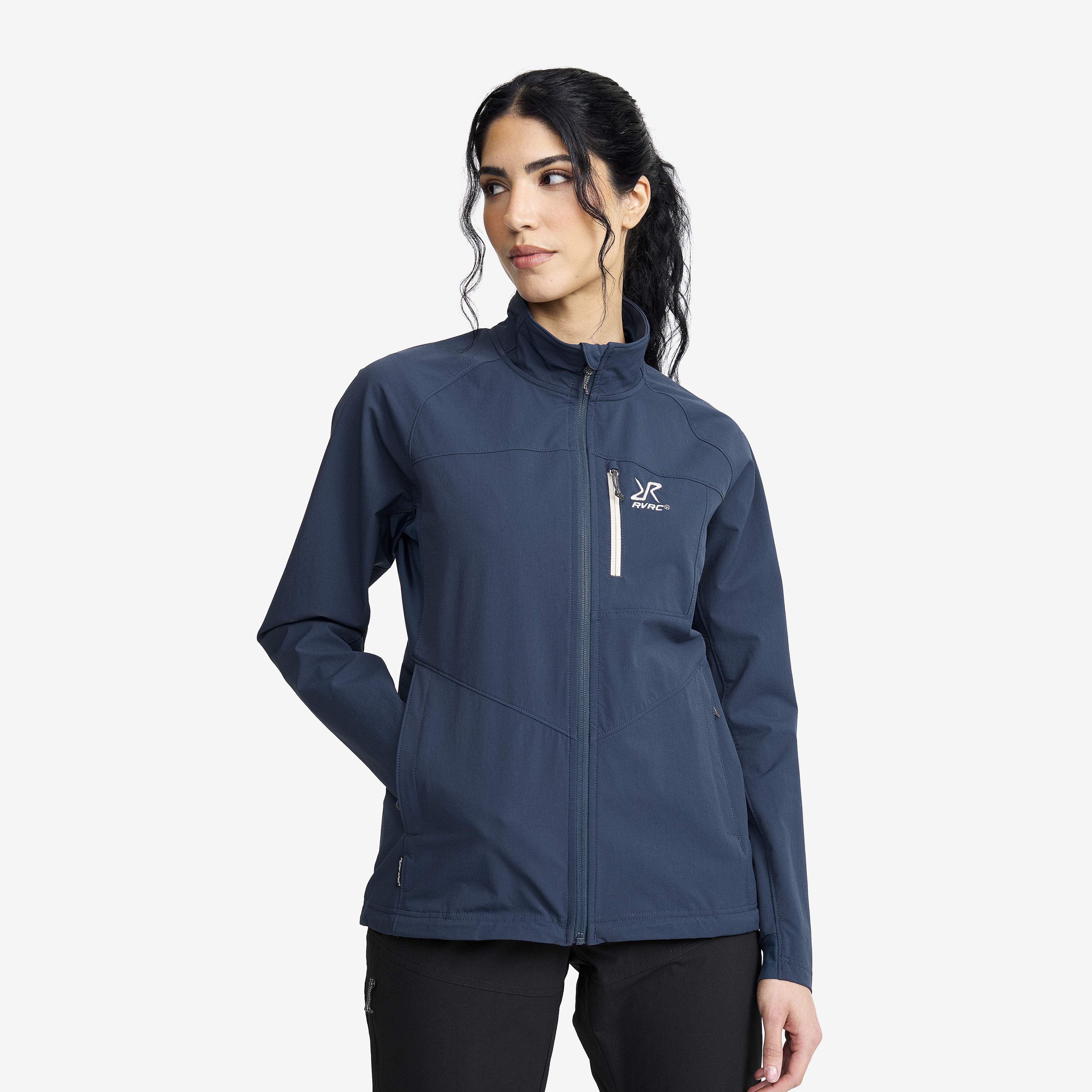
Venue Light Softshell Jacket
Women
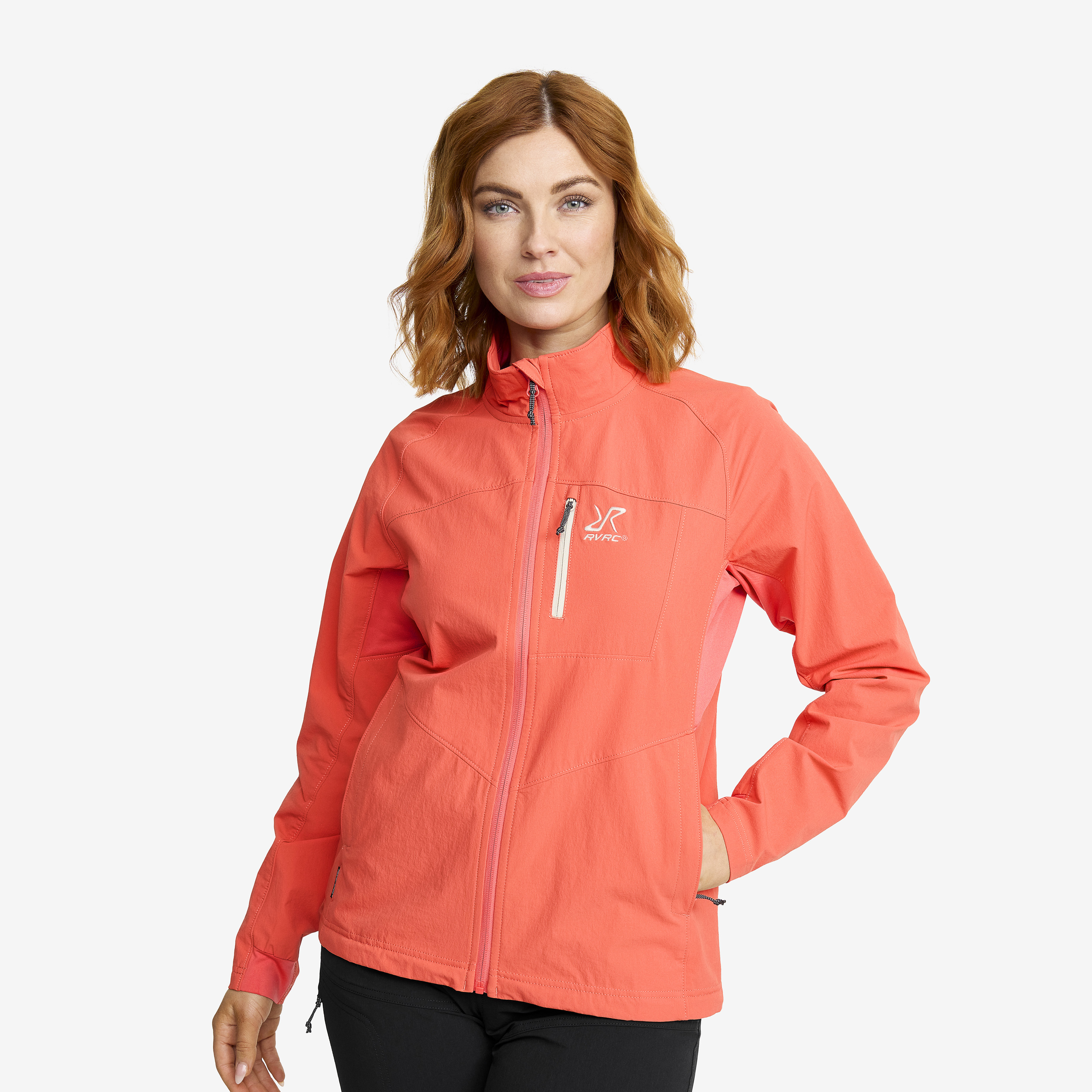
Venue Light Softshell Jacket
Women

Venue Light Softshell Jacket
Women

Exciter Light Softshell Jacket
Women

Exciter Light Softshell Jacket
Women

Exciter Light Softshell Jacket
Women

Exciter Light Softshell Jacket
Women

Hiball Softshell Jacket
Women

Hiball Softshell Jacket
Women
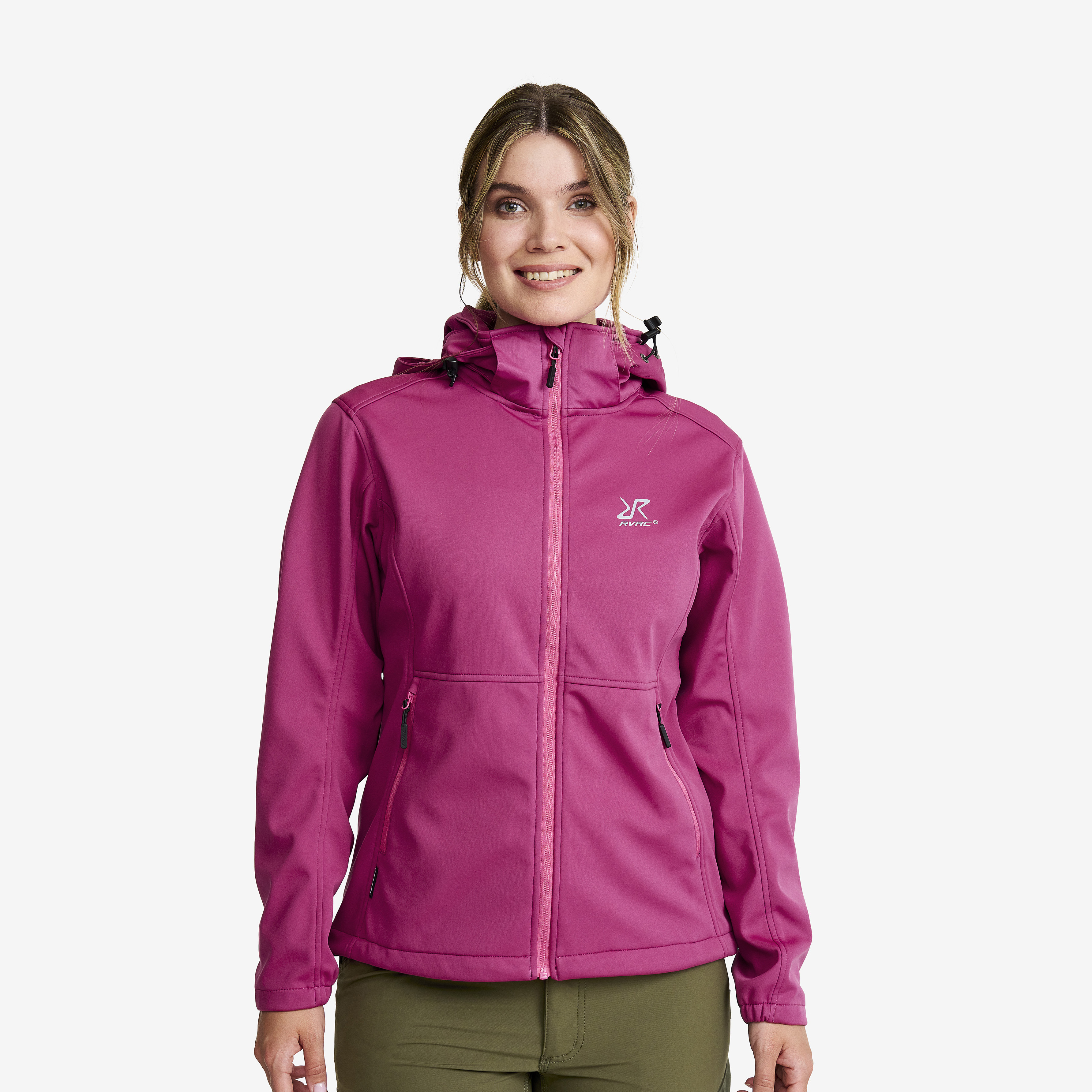
Responder Softshell Jacket
Women
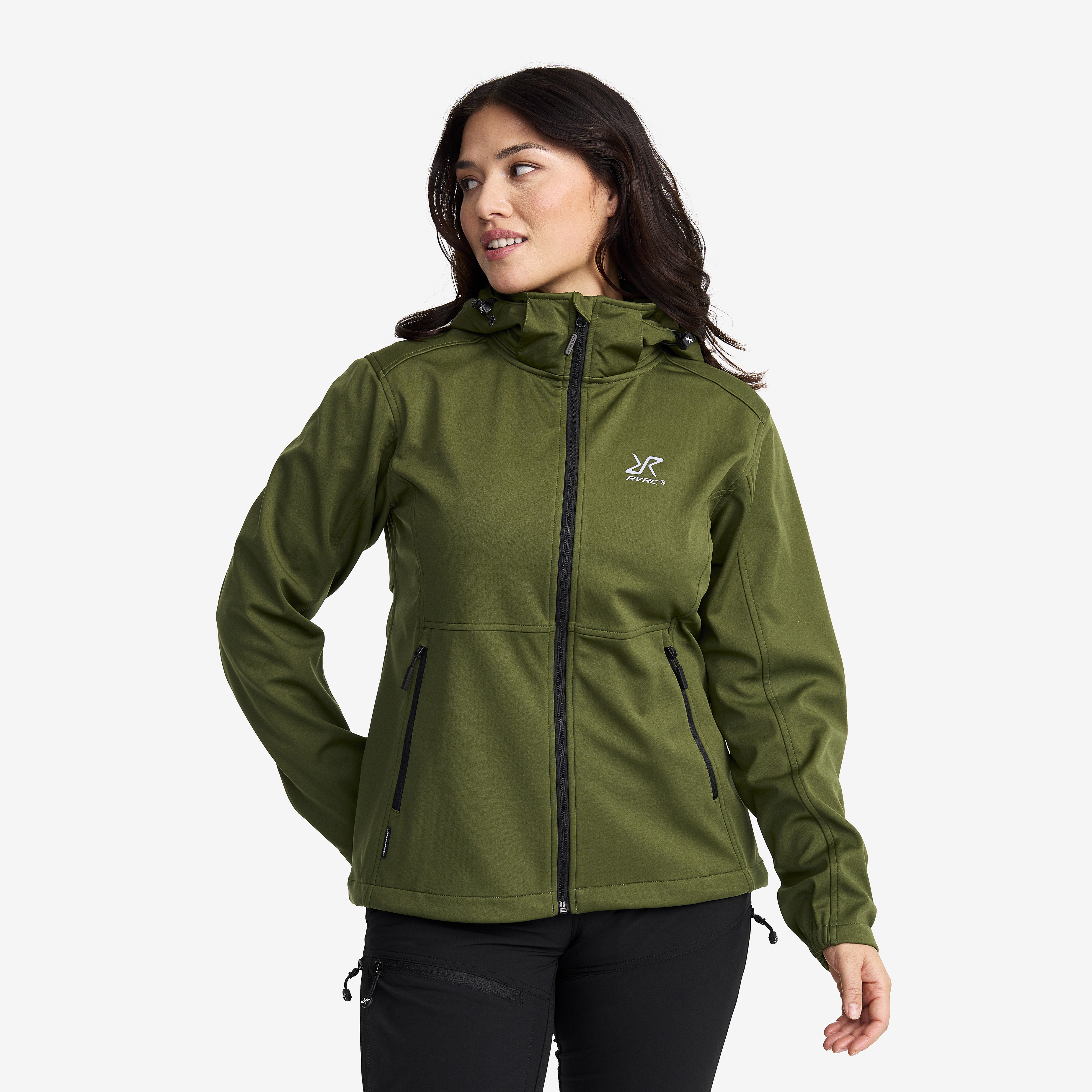
Responder Softshell Jacket
Women

Responder Softshell Jacket
Women
Conquer the elements in comfort with a softshell jacket
Don't let unpredictable weather dampen your outdoor adventures! Softshells are designed to let your body breathe, keeping you feeling fresh on hikes, climbs, or even while conquering that to-do list on a breezy day. Whether it's a cool morning or a surprise rain shower, a softshell jacket blocks wind and light rain, keeping you comfortably dry. And the softshell jacket's stretchy design moves with you, giving you total freedom on the trail. In other words, the perfect companion for all your outdoor activities and everyday errands!
Still have questions? No worries! Our handy FAQ section below has all the answers you need to pick the perfect softshell jacket for your next adventure.

Frequently asked questions
How warm are softshell jackets?
Softshell jackets offer moderate warmth, ideal for cool to mild weather. They block wind and light rain, which significantly impact how warm you feel. The actual warmth depends on:
• Lining: For added warmth, some softshell jackets have a fleece lining.
• Thickness: Thicker jackets are naturally warmer.
• Activity Level: Your body generates heat when you are active. The breathability of softshell jackets allows this heat to escape, preventing overheating.
Tip: Maximize warmth by layering a base layer and a fleece underneath your softshell jacket for colder temperatures.
How waterproof are softshell jackets?
Softshell jackets are often not waterproof, but they are water-resistant thanks to a Durable Water Repellent (DWR) coating. They repel light rain and drizzle for a short time but not heavy downpours. Remember, the DWR coating can wear off over time and needs to be reapplied.
For heavy rain, consider a hardshell jacket for complete waterproofing. While some softshell jackets have a membrane and water resistance rating, they might not be fully waterproof since it can be tricky to tape the seams with waterproof tape due to the jacket’s lining. This can create weak spots at the seams where water can seep through.
What do you wear under a softshell jacket?
Many softshell jackets already come with a built-in fleece lining giving you more warmth than a hardshell jacket. Depending on the weather and your activity level, you might not even need a mid-layer thanks to the extra warmth from the lining.
Here's a layering guide:
• Cool-weather: Wear a base layer in merino wool or synthetic fabric to wick away sweat, and the softshell jacket’s lining helps to warm you up. For those extra chilly mornings or at higher altitudes, a light fleece can be a good addition.
• Mild weather: When the sun is out and the breeze is warm, a lightweight t-shirt with long or short sleeves is often enough under your softshell. The built-in lining provides comfort without overheating.
Are softshell jackets breathable?
Yes, they are! Breathability is a big reason why softshell jackets are many hikers’ favourite. They keep you comfy and dry on hikes, climbs, or while running errands by allowing heat to escape when you are on the move.
Some softshells, like hardshells, have a built-in breathable membrane for added weather protection. Even though the membrane is breathable, it’s still not as breathable as a jacket without one, but the trade-off is extra water resistance. The seams on softshell jackets aren’t always fully taped to make them waterproof, so a hardshell is still your best bet in heavy downpours.
But if you want the best possible breathability when you're active and sweating, a softshell jacket without a membrane is the way to go. It still gives you some protection against rain and wind, but allows your body to breathe freely when you're on the move.
Are softshell jackets fleece-lined?
Softshell jackets are versatile, and many come with a built-in fleece lining. Think of it as a cozy fleece sweater built right in - perfect for cool to mild weather. The lining will keep you warm no matter what you're up to, and you can often skip the mid-layer altogether.
Even if a softshell jacket doesn't have a fleece lining, it still offers excellent protection from wind and water. Just check the product description to see if the jacket you're eyeing has a lining.
When should you wear a softshell jacket?
Softshell jackets are perfect for a range of conditions! If you're facing unpredictable weather or need a jacket that's both breathable and protective, a softshell jacket is your best choice.
• Chilly Weather: Ideal for those cooler days when it's not quite winter, offering a great balance of breathability and warmth.
• Light Drizzle: The water-resistant coating handles light rain showers, but if it’s really pouring down, you need a more waterproof jacket.
• Intense Activities: With their stretch and flexibility, softshell jackets move with you, providing maximum comfort and freedom during hikes, climbs, or daily activities.
How should a softshell jacket fit?
Softshell jackets are all about comfort and flexibility, but how tight or loose should they be? Here's a breakdown to help you find your ideal match:
Snug fit for intense activities: If you're on the move and working up a sweat, moisture-wicking and freedom of movement are key. A snugger fit allows the jacket to move with you without feeling constrictive. This also helps wick sweat away from your skin more efficiently, keeping you comfortable.
Looser fit for layering: As the temperature dips, you might want to layer up with a fleece or other mid layer underneath your softshell jacket. A looser fit gives you the flexibility to add these extra layers without feeling restricted. This ensures efficient insulation and keeps you warm on those chilly hikes.
Tip: Try on the jacket with the base layer you plan to wear underneath it. Raise your arms overhead and bend at the waist. The jacket should move freely without pulling or feeling tight anywhere.
